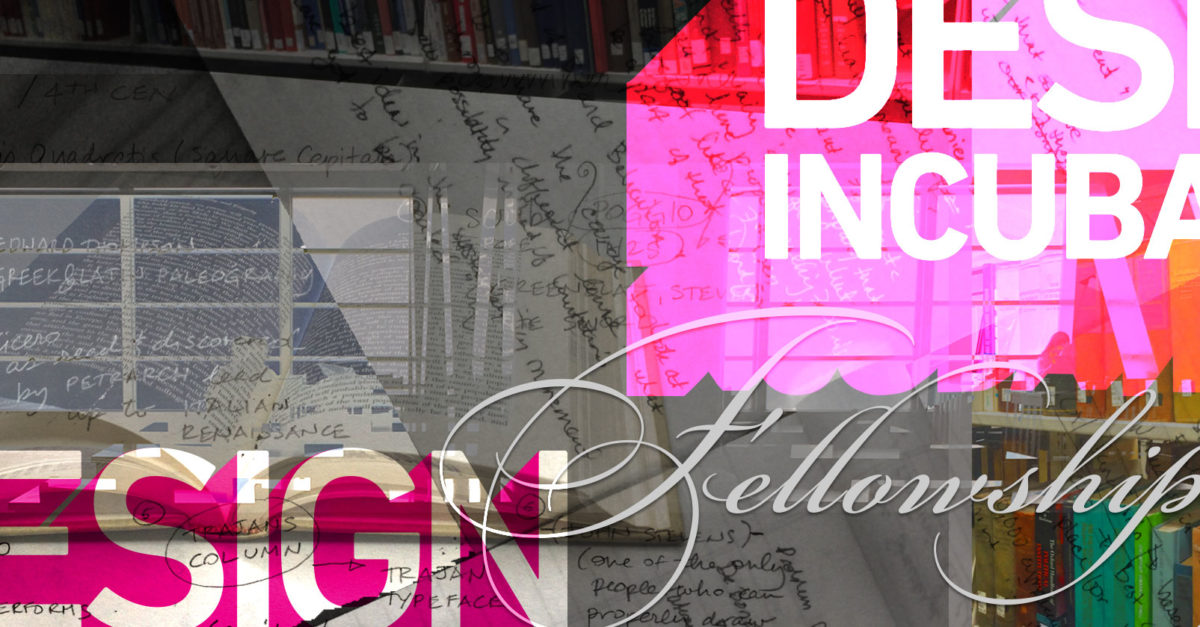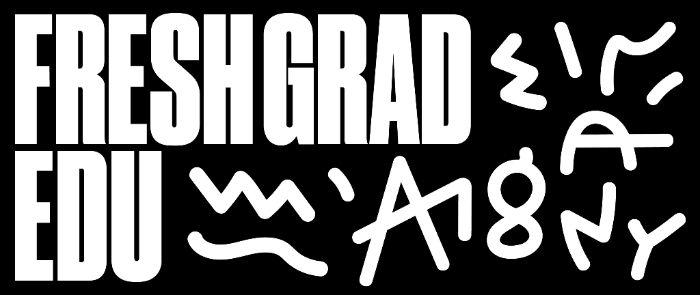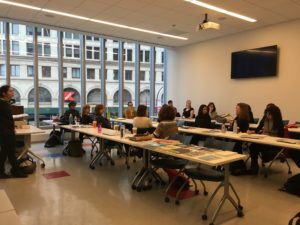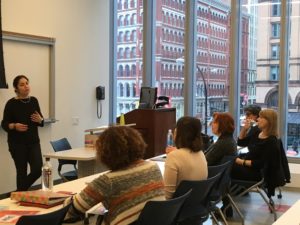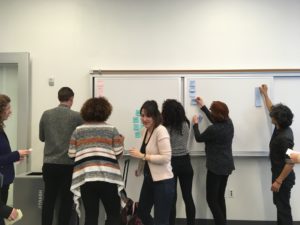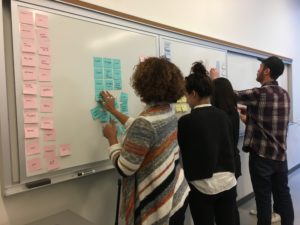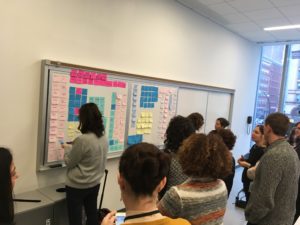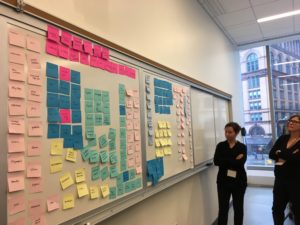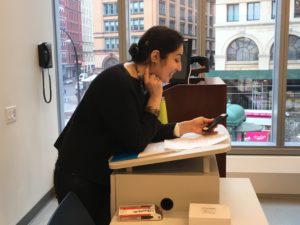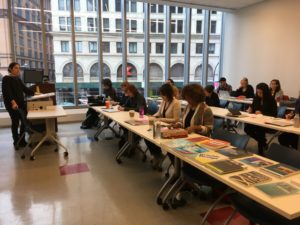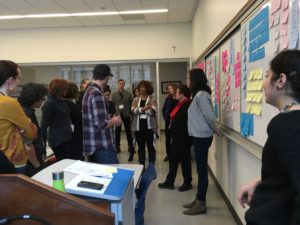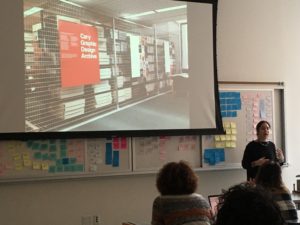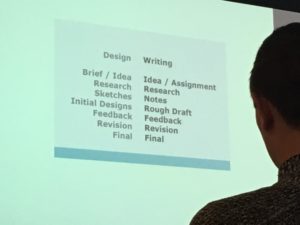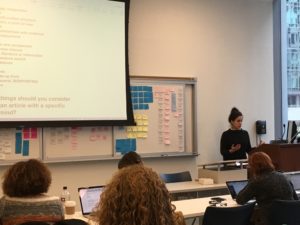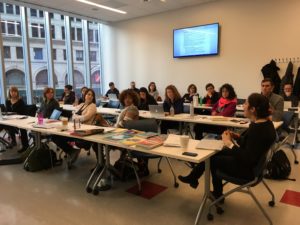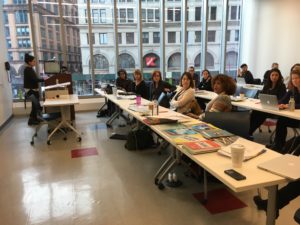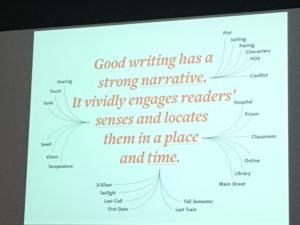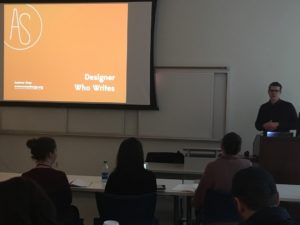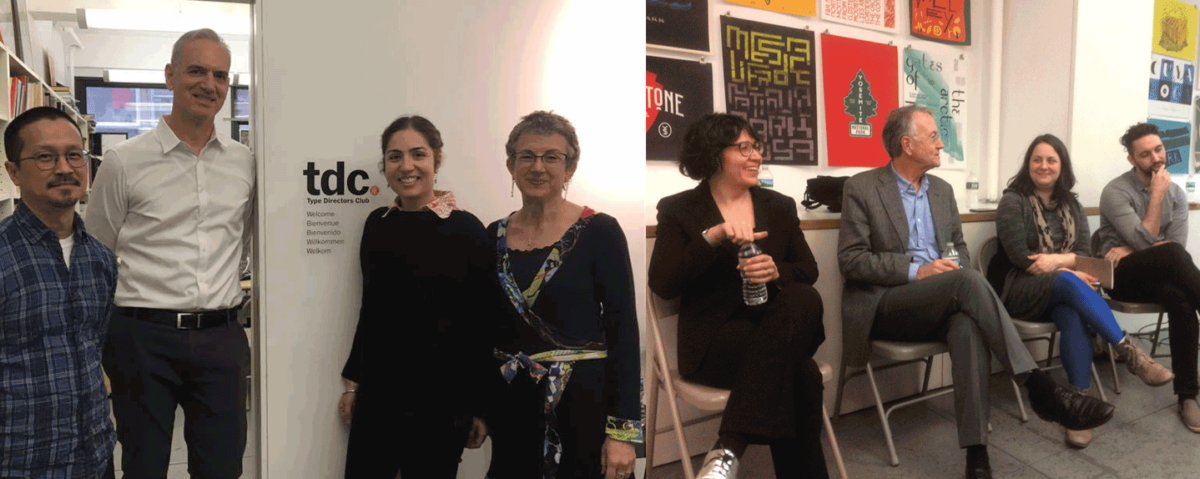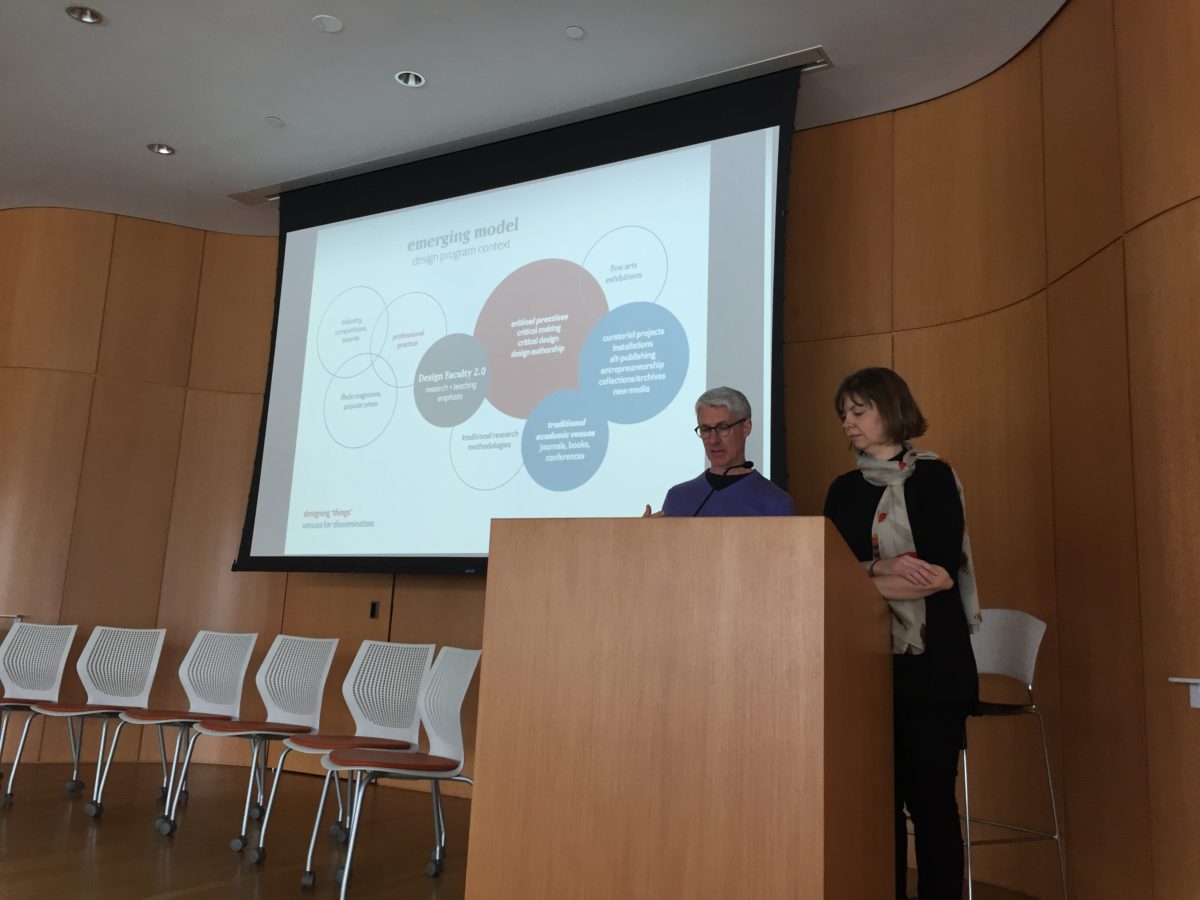
Thursday, June 8 – Friday, June 9, 2017
@Parsons, The New School
AIGANY Fresh Grad / Edu Talks 2017 is a jam packed two-day series of events celebrating design education.
Fresh Grad: Showcase, a two-part (two-night) event featuring graduate students from local and regional MFA, MA and certificate programs, now in its 8th year. The Fresh Grad Showcase will be accompanied by two morning events, Fresh Jobs, meet reps from NY’s creative organizations and Fresh Ed is a small panel discussion focused on the state and future of design education. Come with questions, join the conversation, prepare to leave impressed and inspired!
Thursday, June 8 / 9:30-11:00AM
Fresh Jobs: Mini-Job Fair
Are you a design student or a newly minted graduate? Join us for AIGA/NY’s first mini-job fair! Come by for coffee and breakfast sandwiches and introduce yourself. Meet reps. from New York’s top creative organizations, companies, agencies and studios and learn about the advantages of working at their company. Ask what a typical day is like for their designers, find out about all the office perks and hear what their creative directors look for when they hire new talent. You will what is unique about each situation and why you might want to work for one or more of these companies.
Joe Marianek, E Roon Kang and Aaris Sherin will co-host.
Location:
Parsons School of Design
Theresa Lang Community and Student Center, Room I202
Arnhold Hall, 55 West 13th Street
Thursday, June 8 / 6:30-8:30PM
Fresh Grad Students #01
On June 8th, students from some of the most respected schools in the country will gather at the Parsons auditorium. Each student has five minutes to dazzle the audience and each other with wonders from their graduate projects.
Students presenting from the following programs: SVA, Masters in Branding, SVA, MFA Interaction Design, Pratt, MFA Communications Design, Parsons, MFA Design & Technology, Parsons, MS Data Visualization, NYU, MPS in Interactive Telecommunications, Cooper, Certificate Type Design, SCAD, MFA Graphic Design
Joe Marianek, E Roon Kang and Aaris Sherin will co-host.
Location:
Parsons School of Design
Tishman Auditorium University Center
63 Fifth Avenue Room U100
Friday, June 9 / 9:30-11:00AM
Fresh Ed: Panel
This year Fresh Ed asks whether one still needs a degree in graphic design to become a professional designer. Our panelists will consider whether degree programs adequately prepare students for an ever changing industry which includes user interface design, creating content for social media, VR and other emerging platforms. We will examine what competencies design programs should teach and what role non-degree granting institutions play in the continuing education of 21st century designers. Educators, students and industry professionals are invited to join the conversation and explore the varied modes of content delivery and the theoretical underpinnings informing design education today.
Panel
Jason Fox: Professor, Chair, Graphic Design Savannah College of Art and Design
Keetra Dixon: Assistant Professor, Rhode Island School of Design
Mark Addision Smith: Assistant Professor, Art Department, The City College of New York
Hosted by Joe Marianek, E Roon Kang and Aaris Sherin, moderated by David Frisco.
Location:
Parsons School of Design
Theresa Lang Community and Student Center, Room I202
Arnhold Hall, 55 West 13th Street
Friday, June 9 / 6:30-8:30PM
Fresh Grad Students #02
On June 9th, in the second night of this two part series, students from some of the most respected schools in the country will gather at the Parsons auditorium. Each student has five minutes to dazzle the audience and each other with wonders from their graduate projects.
Students presenting from the following programs: RISD, MFA Graphic Design, Yale, MFA Graphic Design, Cranbrook, MFA 2D Design, MICA, MFA Graphic Design, VCFA, MFA Graphic Design, Parsons, MFA Transdisciplinary Design, SVA, D-crit, SVA, MFA Design
Joe Marianek, E Roon Kang and Aaris Sherin will co-host.
Location:
Parsons School of Design
Tishman Auditorium University Center
63 Fifth Avenue Room U100
Like this:
Like Loading...
